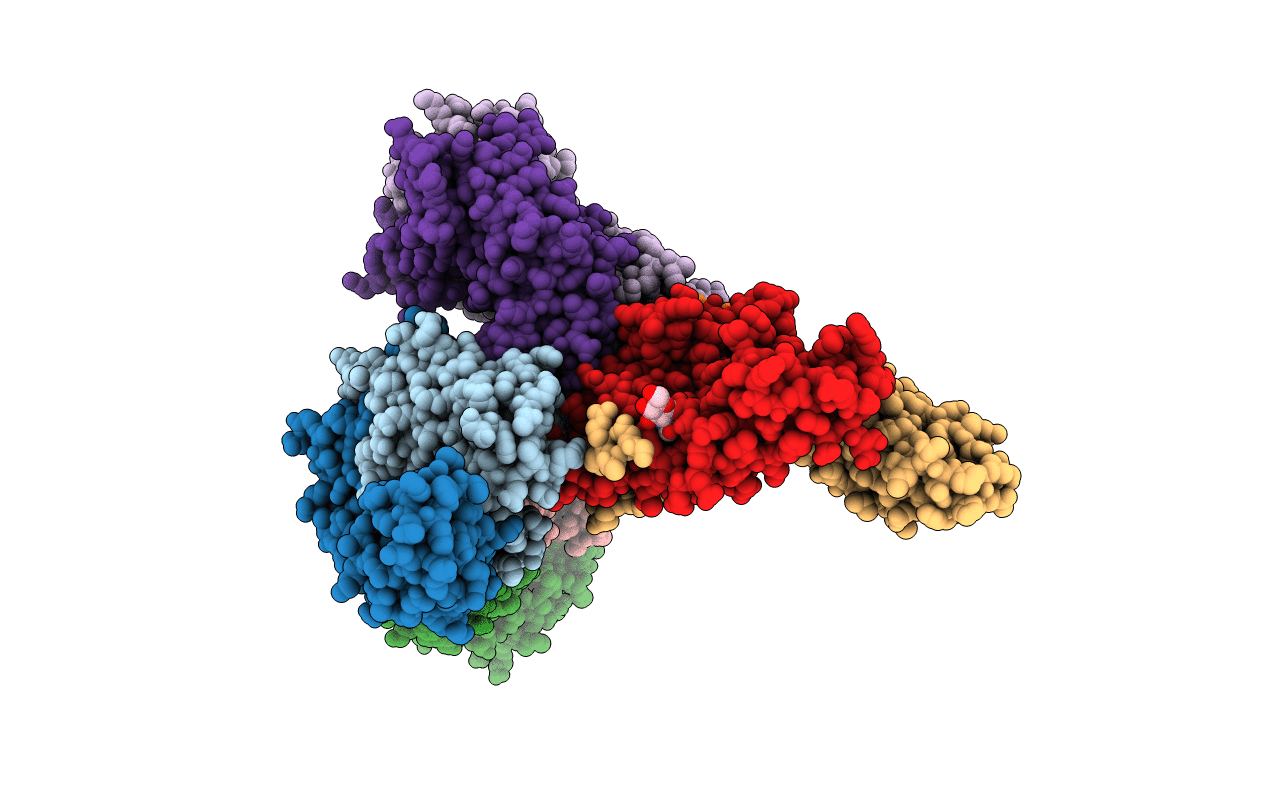
Deposition Date
2018-03-16
Release Date
2018-06-06
Last Version Date
2024-10-23
Entry Detail
Biological Source:
Source Organism:
Homo sapiens (Taxon ID: 9606)
HIV-1 M:B_HXB2R (Taxon ID: 11706)
HIV-1 M:B_HXB2R (Taxon ID: 11706)
Host Organism:
Method Details:
Experimental Method:
Resolution:
3.04 Å
R-Value Free:
0.25
R-Value Work:
0.22
R-Value Observed:
0.22
Space Group:
P 21 21 2


